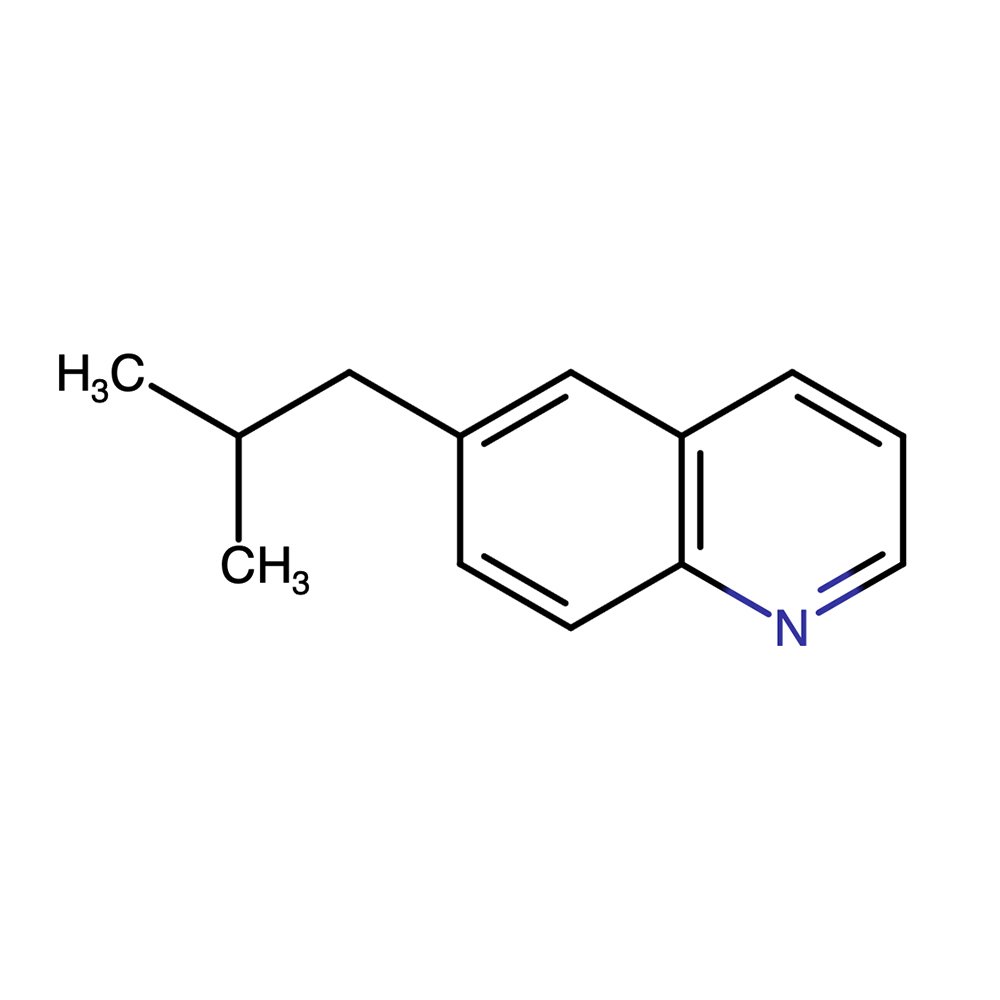Technical Ingredient Overview
🏭 Manufacturer — (non specificato)
🔎 Chemical Name — 3-Hexenoic acid, 3-hexenyl ester
🧪 Synonyms — Hexenyl hexenoate, (Z)-3-Hexenyl (E)-2-hexenoate
🧬 Chemical Formula — C₁₂H₂₂O₂
📂 CAS — 41816-03-9
📘 FEMA — 3484
⚖️ MW — 198.30 g/mol
📝 Odor Type — Green, fruity
📈 Odor Strength — Medium
👃🏼 Odor Profile — Rhubarb, green apple peel, fruity, fresh, slightly sour, crisp
⚗️ Uses — Fine fragrance, flavoring (limited), specialty accords (green-fruity-rhubarb), naturalistic reconstructions
🧴 Appearance — Colorless to pale yellow oily liquid
What is Rhubofix?
Rhubofix is the ester formed between (Z)-3-hexenol and (E)-2-hexenoic acid—two naturally occurring aliphatic molecules commonly associated with “green” and “leafy” odors (Arctander, 1960). Known for its bright, sharp, and almost acidic rhubarb-like top note, Rhubofix offers a unique olfactory effect that balances between fruity, green, and vegetal tonalities. As a specialty ester, it is mainly used in perfumery to construct naturalistic rhubarb or green fruit accords, contributing freshness and crisp acidity.
Historical Background
Although no patented origin is attributed to Rhubofix, its structure aligns with mid-20th century innovations in unsaturated esters and the rise of natural-smelling “green” notes post-World War II (Sell, 2006). The increasing popularity of cis-3-hexenol (leaf alcohol) in perfumery inspired further exploration of its esters with unsaturated acids, such as (E)-2-hexenoic acid. This resulted in a class of materials that simulate crushed stems, tart fruit skins, and freshly harvested greens—ideal for fine fragrance and flavor profiles.
Its inclusion in the FEMA GRAS list (FEMA 3484) and later evaluations under REACH suggests industrial recognition of both safety and utility (FEMA, 2023).
Olfactory Profile & Applications in Fine Fragrance
Scent Family
Green-fruity / Rhubarb / Acidic fresh
Descriptors
Top Notes: Fresh rhubarb stalk, sour apple skin
Mid Notes: Crushed leaves, vegetal crispness
Dry-down: Faint waxy-green residue
Rhubofix is volatile to semi-volatile, with a perceptible impact in the top and heart phases of a perfume. It brings clarity and edge to fruit notes while avoiding the excessive sweetness often introduced by fruity lactones or synthetic raspberry ketones (Kraft, 2012).
Common applications:
Rhubarb accords, especially when natural extract is impractical
Spring floral bouquets — peony, lily-of-the-valley, rose leaf
Green apple or garden-inspired compositions
Blending recommendations:
With cis-3-Hexenyl acetate, trans-2-Hexenal (for leafy freshness)
With Blackcurrant bud absolute, Galbanum, Angelica root oil
As contrast to Ambrette seed, Iris, musky bases
Industrial & Technical Uses
While Rhubofix is primarily a perfumery material, its FEMA status (FEMA 3484) permits controlled usage in flavor compositions. It can simulate rhubarb, green apple skin, or vegetal notes in fruit blends (FEMA, 2023).
Other applications include:
Room sprays and ambient fragrances
Botanical-scented detergents and soaps
Clean-label bath & shower gels
Regulatory & Safety Overview
Regulation AreaStatusIFRA (Amendment 51)Not restricted; no specific limitations (IFRA, 2023)FEMA GRASFEMA No. 3484 — Approved for flavor use (FEMA, 2023)REACH RegistrationRegistered substance (ECHA, 2024)GHS ClassificationNot classified as hazardous (ECHA, 2024)Allergen Status (EU)Not listed among the 26 declarable allergens (EU, 2023)ToxicologyLow toxicity in standard tests; no genotoxicity or sensitization observed (Kraft, 2012)
Additional Notes
Storage: Cool, dry, dark conditions recommended
Stability: Compatible with solvents and alcohol; avoid UV exposure
Biodegradability: Expected to be readily biodegradable (ECHA, 2024)
References
Arctander, S. (1960). Perfume and Flavor Chemicals (Aroma Chemicals). Montclair, NJ: Author.
Sell, C. (2006). The Chemistry of Fragrances (2nd ed.). Cambridge: Royal Society of Chemistry.
Kraft, P. (2012). Aromachemicals: Perspectives for the 21st Century. In B. Buckl & R. Rossbacher (Eds.), Recent Highlights in Flavor and Fragrance Chemistry (pp. 81–102). Springer.
FEMA. (2023). FEMA GRAS Flavoring Substances List. Retrieved from https://www.femaflavor.org
IFRA. (2023). IFRA Standards Library – 51st Amendment. Retrieved from https://ifrafragrance.org
ECHA. (2024). REACH Registered Substances: CAS 41816-03-9. Retrieved from https://echa.europa.eu
European Commission. (2023). Cosmetic Regulation (EC) No 1223/2009. Retrieved from https://ec.europa.eu/growth/sectors/cosmetics











